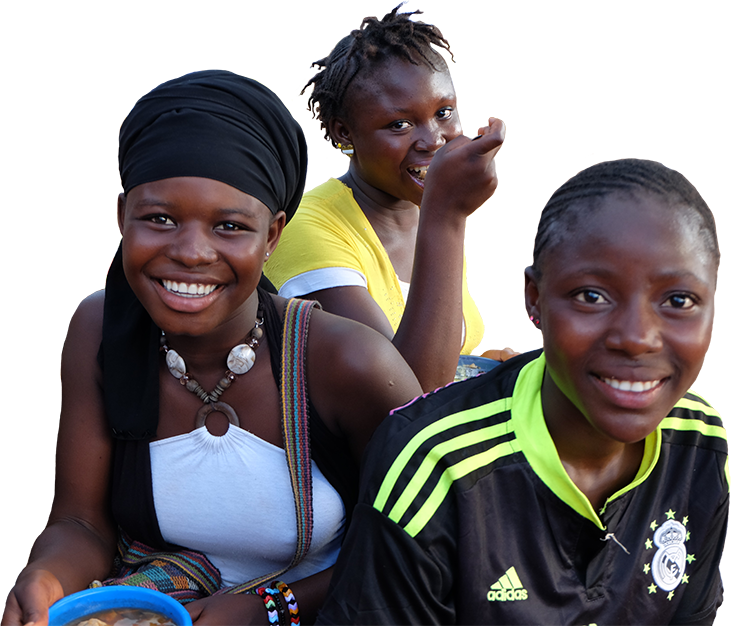Strong systems are important for implementing nutrition services and programs. Adolescents have unique nutritional needs, depending on and affected by their physical, social, and emotional development. Programs and services to support adolescents must be reflected in policies, protocols, strategies, and guidance. Policymakers and program managers need to strengthen the human resource, information, and financial systems to provide or expand nutrition services and programs in locations where adolescents are best reached. The Adolescent Nutrition Resource Bank includes examples of policies and protocols that address adolescent nutrition..If you have relevant systems strengthening resources, please send them to info@advancingnutrition.org.
We found 87 resource(s)
Guide to Anthropometry: A Practical Tool for Program Planners, Managers, and Implementers
Assessment Tool published by FANTA in
This guide provides information and step-by-step instructions on using anthropometry to assess nutritional status, as well as how anthropometric indicators relate to nutrition for children, adolescents, pregnant women, and WRA. The guide helps health and development professionals to collect, understand, and/or use anthropometric data as part of…
Nutrition in Middle Childhood and Adolescence
Landscape Analysis published by World Bank in
This paper describes adolescent nutrition as a neglected area of research and programming globally. It concludes that integrated adolescent health programs to prevent infection, improve diet quality, and encourage physical activity are necessary to reduce deficiency-related malnutrition while preventing overweight and obesity.
Report of the Stakeholders Consultation on Adolescent Nutrition
Technical Report published by SPRING in
This document provides a summary of the 2017 Stakeholders Consultation on Adolescent Girls' Nutrition. The report outlines the state of evidence, existing guidance, and relevant program and implementation experience. It also includes a list of evidence and implementation gaps in the nutrition of adolescent girls in LMICs and a summary of areas…
Pakistan Dietary Guidelines for Better Nutrition
Guideline/Guidance published by FAO, Ministry of Planning, Development and Reform, Government of Pakistan in
This report provides dietary guidelines for Pakistan related to adopting healthy eating practices and preventing and reducing infectious and chronic diseases. The sections on adolescents (ages 10 to 19) address recommended energy and protein requirements, food portions and sizes, and sample menus.
Malawi National Multi-Sector Nutrition Policy 2018-2022
Policy published by Department of Nutrition, HIV/AIDS, Government of Malawi in
The Malawi National Multi-Sector Nutrition Policy for 2018–2022 aims to ensure that evidence-based, high-impact nutrition interventions are developed and implemented at scale. The policy addresses such issues as preventing undernutrition and nutrition education, social mobilization, and positive behavior change.
Pakistan Multi-Sectoral Nutrition Strategy 2018-2025
Policy published by Ministry of Planning, Development and Reform, Government of Pakistan in
The Pakistan Multi-Sectoral Nutrition Strategy for 2018-2025 adopts a multi-sectoral planning and analysis framework. The strategy includes provisions for adolescent girls' nutrition, including micronutrient supplementation, regulation of foods marketed to adolescents, addressing gender equality issues, and health and nutrition education.
Suaahara II Annual Survey: Adolescent Panel Year 2
Assessment Tool published by in
This document is the data collection tool used in Year 2 of the Suaahara project, which focused on expanding health and nutrition services for adolescents in Nepal. The tool addresses respondents' health-related background, integrated nutrition exposure, dietary recall, WASH, social participation, freedom of movement, self-efficacy, social…
Adolescent Pregnancy and Its Impact on the Prevalence of Stunting: Programmatic Considerations for Food for Peace Programs that Aim to Reduce Stunting
Brief published by FANTA in
This technical brief examines the fact that adolescent pregnancy increases the risk of childhood stunting. issue of adolescent pregnancy and its implications for the prevalence of stunting. The brief describes promising evidence of what works to address these issues, including changing community attitudes toward early marriage and providing…



